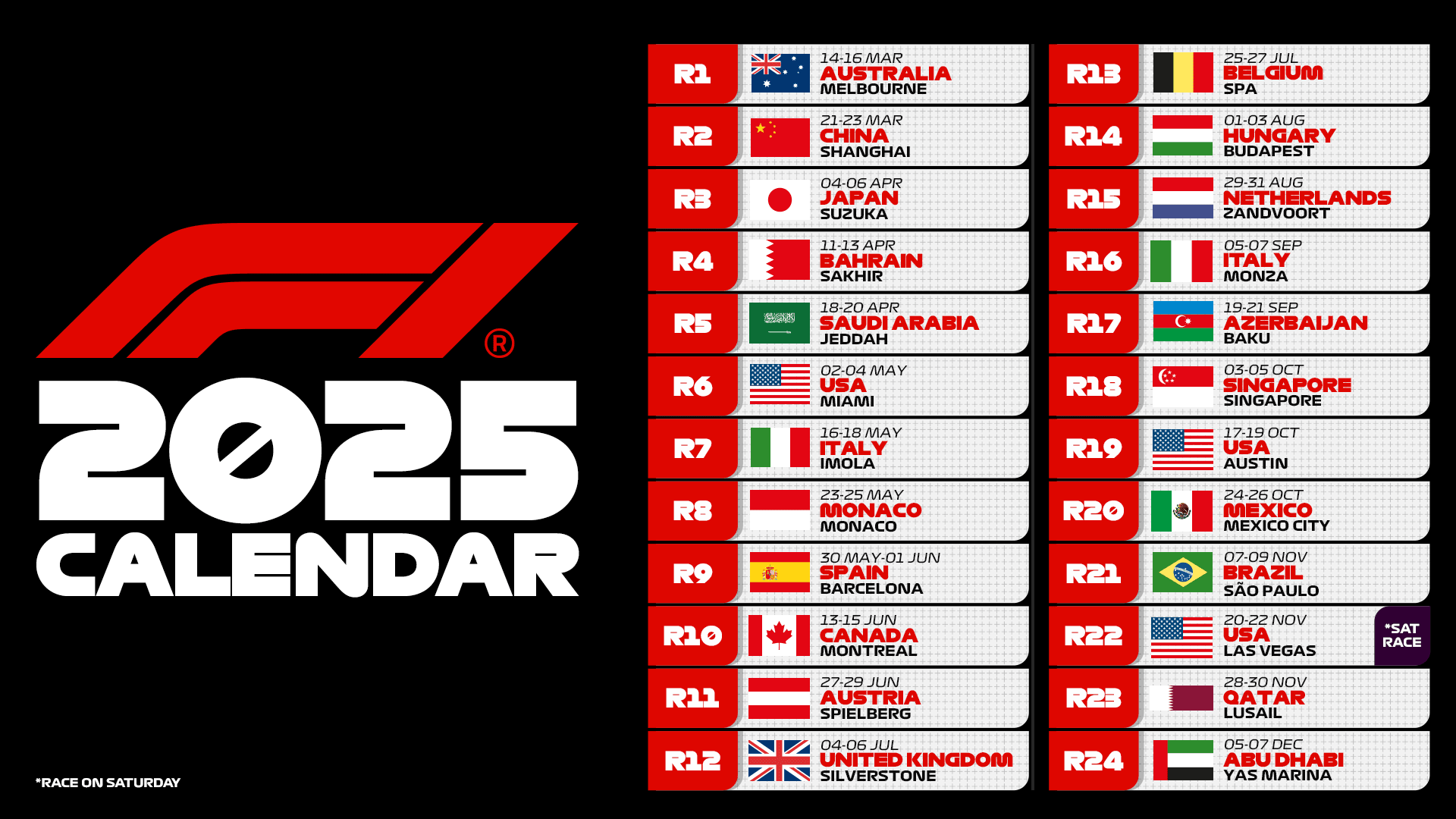Erik van der Veen, an astrophysics engineer from Dresden and driving simulator senior engineer at the Scuderia, tells us how the Las Vegas Grand Prix was prepared by the Maranello team with meticulous predictive work on a city circuit where no race has ever been held.
He is a young Dutch engineer, only 36 years old. He may not be a familiar name in the Scuderia, but he is one of those strategic figures in the growth of the F1 team. Erik van der Veen, an astrophysics graduate, is now a driving simulator senior engineer.
Fred Vasseur, presenting the Las Vegas race, emphasized the importance of preparing the American race with good homework done at home. Let’s discover with Erik what the pitfalls of the Nevada city circuit are.
What are the challenges of the Las Vegas circuit?
“Besides the magic of racing in a city like this, the track is a mix of circuits like Baku, Miami, and Jeddah. There are very long stretches to be done at full speed, although they are not always perfect straights, and there aren’t so many curves. This pushes the car in the direction of minimizing drag and therefore having low aerodynamic load. For this reason, the few curves become more difficult, and it is even more important to be able to place the car in the right window to have the best traction coming out after each turn, because otherwise, you risk paying a toll both on the clean lap and in the race, in tire management, and in defense against opponents.”
An unfamiliar circuit leads to several challenges with good simulation system predictions…
“A big unknown is the asphalt, not only because it is a new track but also because it is a city circuit, and we will have to discover how uneven or smooth the surface is and how the car and tires respond. Finally, despite it being a night race, with the amount of lighting in this city, I expect it won’t be easy even for the drivers not to get disoriented. This, especially on the first day of practice, will pose an additional challenge.”
How have you prepared for this race in the simulator, considering it is an entirely new track and there will be rather cold temperature conditions?
“Racing at night in a unique place like Las Vegas in the months close to winter will create conditions that we usually never encounter during the season. The expected temperatures are well below the usual racing window, which means it’s very challenging to know what to expect, especially because we’re on a new circuit where we haven’t covered a single meter.”
Show your support for Scuderia Ferrari with official merchandise collection! Click here to enter the F1 online Store and shop securely! And also get your F1 tickets for every race with VIP hospitality and unparalleled insider access. Click here for the best offers to support Charles and Carlos from the track!
Show your support for Scuderia Ferrari with official merchandise collection! Click here to enter the F1 online Store and shop securely! And also get your F1 tickets for every race with VIP hospitality and unparalleled insider access. Click here for the best offers to support Charles and Lewis from the track!
“Fortunately, in recent years, there has been significant development in both the car and tire models – which we also use in the simulator – giving us a better idea of what to expect in these conditions. Certainly, we will have to consider a much broader range of possibilities than usual to ensure we are as prepared as possible and, more importantly, ready to react to anything that happens.”
Who is Erik van der Veen, and how did you come to Formula 1?
“The story of how I came to Ferrari is probably a bit different from that of most of my colleagues. I was born in the Netherlands and moved to England, where I finished school and attended the University of Southampton. I then completed my Master’s in Astrophysics at the Smithsonian Institution in Boston, United States.”
But how did the contact with Formula 1 come about?
“After graduation, I applied for a position in the Ferrari F1 Strategy group, where I started my journey inside the Maranello house. At Ferrari, I was fortunate to work in various groups, always relying on great support from the team and colleagues. I started in the Strategy group initially as a developer, providing support during race weekends, and then became responsible for Kimi Räikkönen’s strategy. From there, I moved to the Vehicle Dynamics group and ended up in the simulator, where I am now. This journey has put me in touch with a wide range of people, who are not only at the top of their respective fields but are also very open to professional and social interactions. It’s a unique environment, living in Italy is fantastic, and I am fortunate to have been working here for over twelve years.”













.png)

Leave a Reply